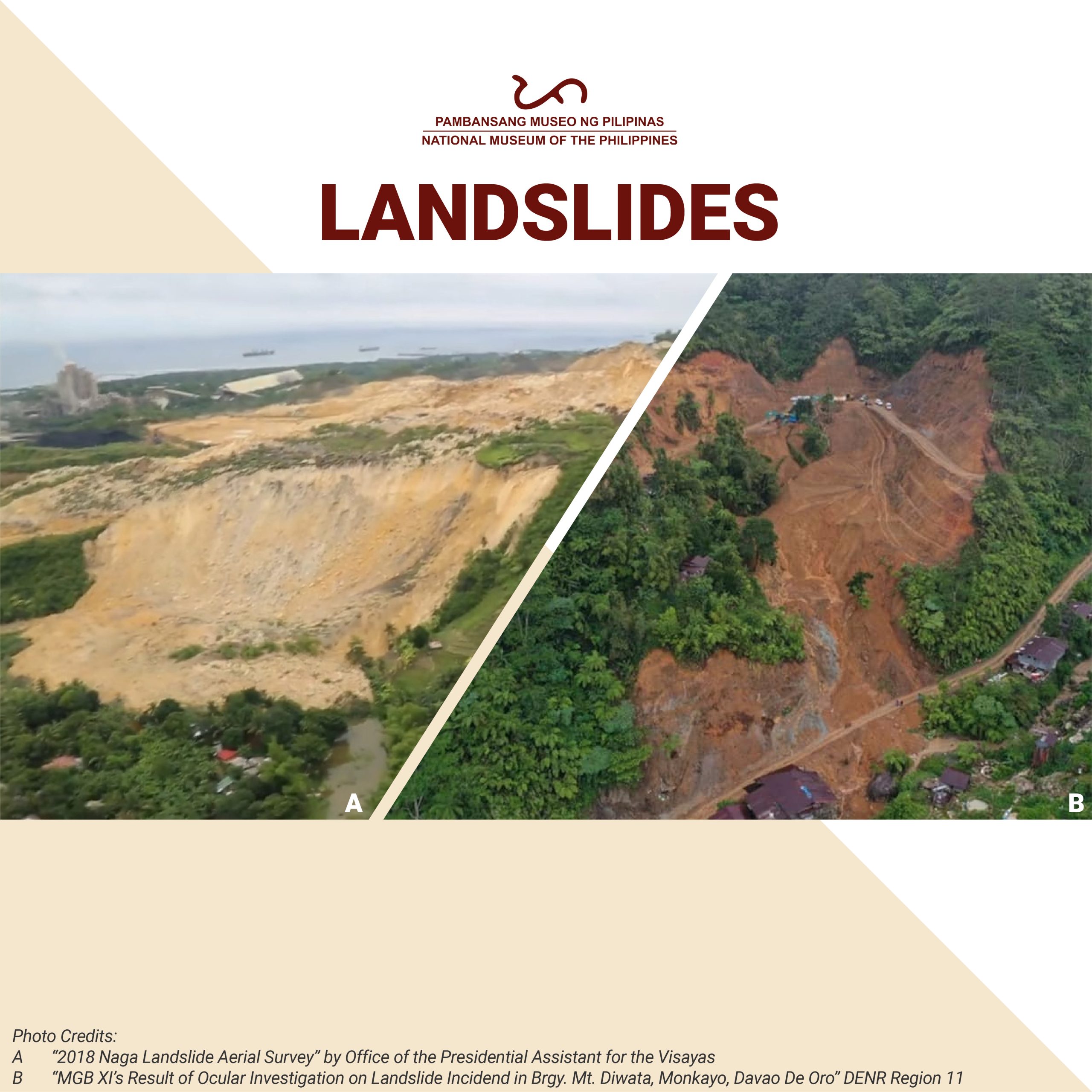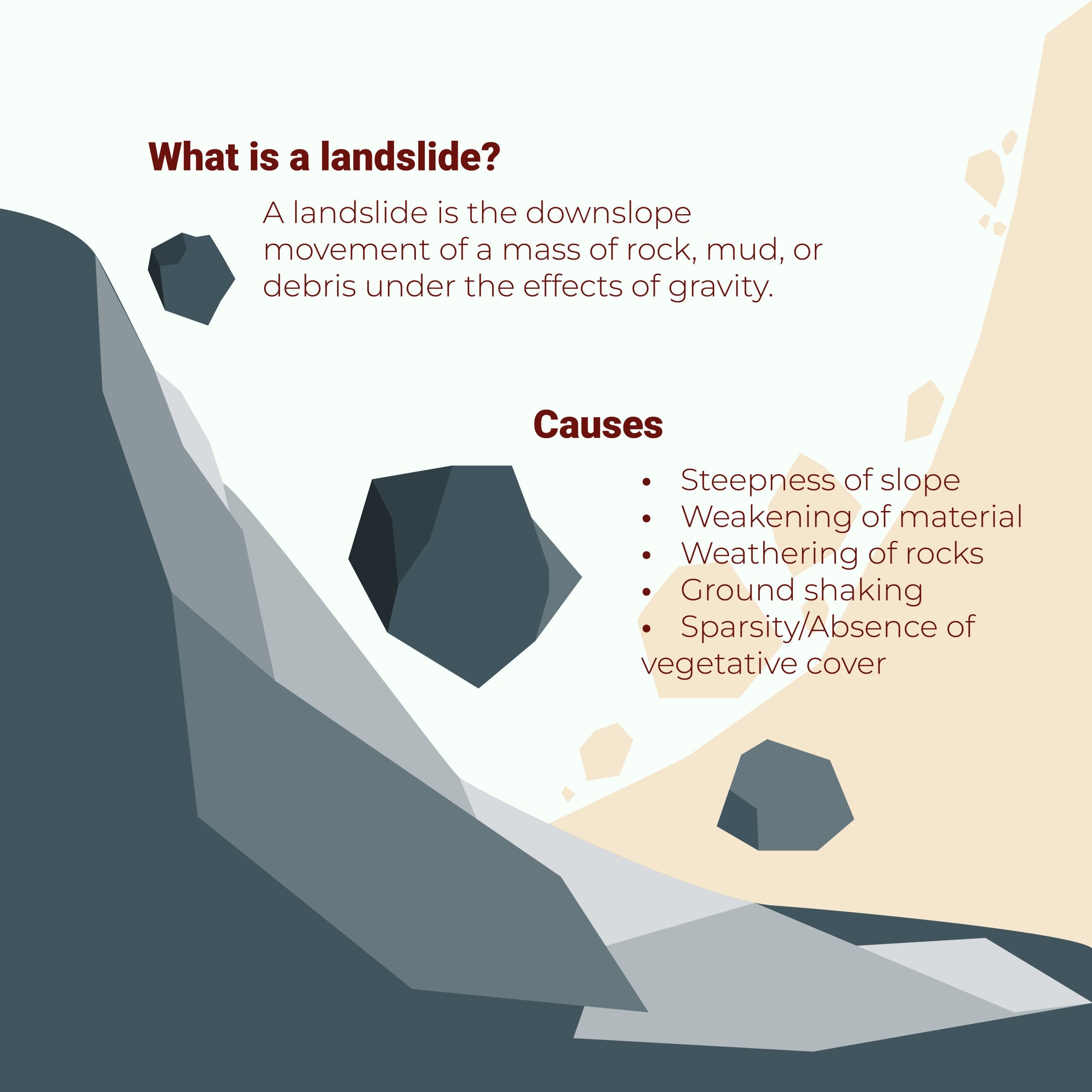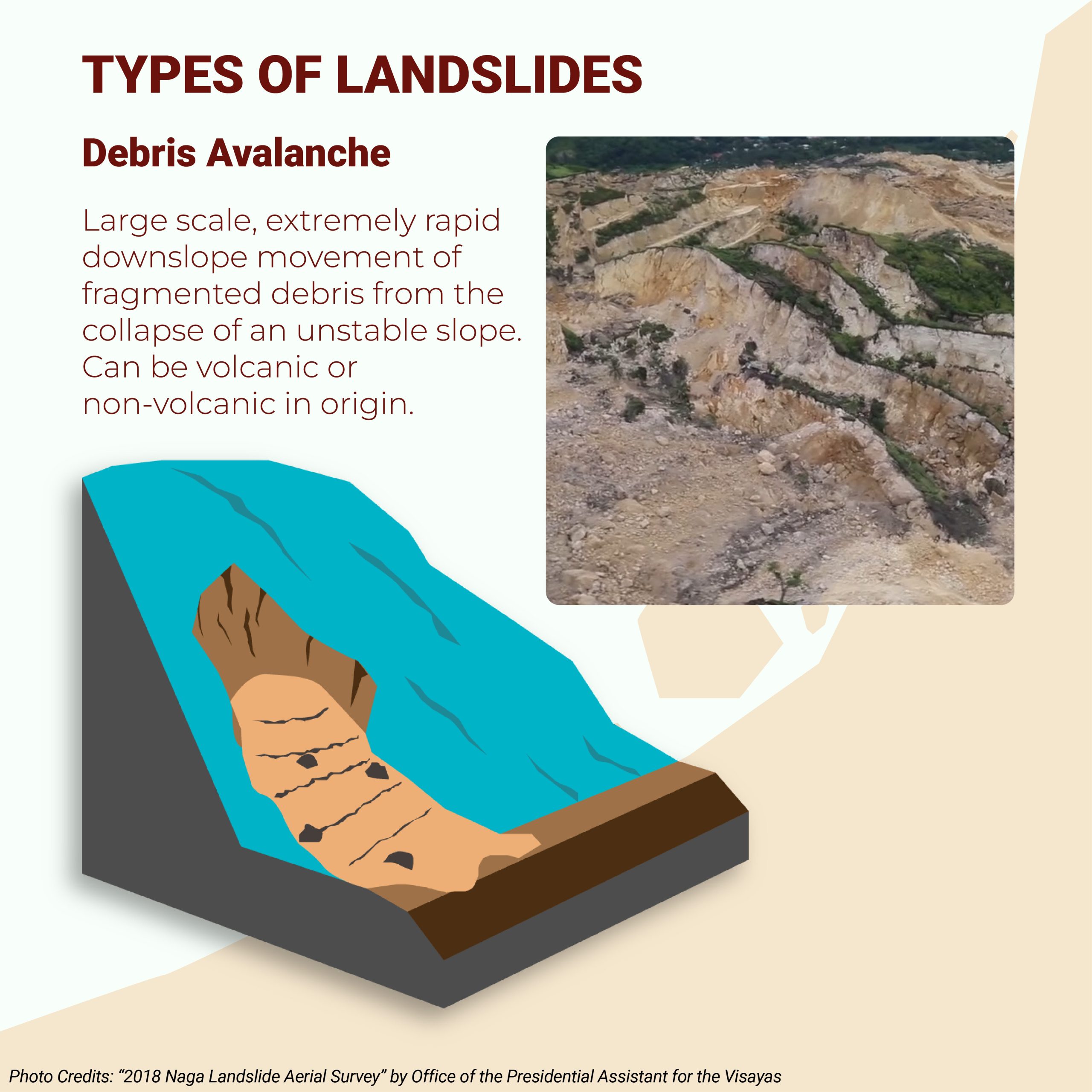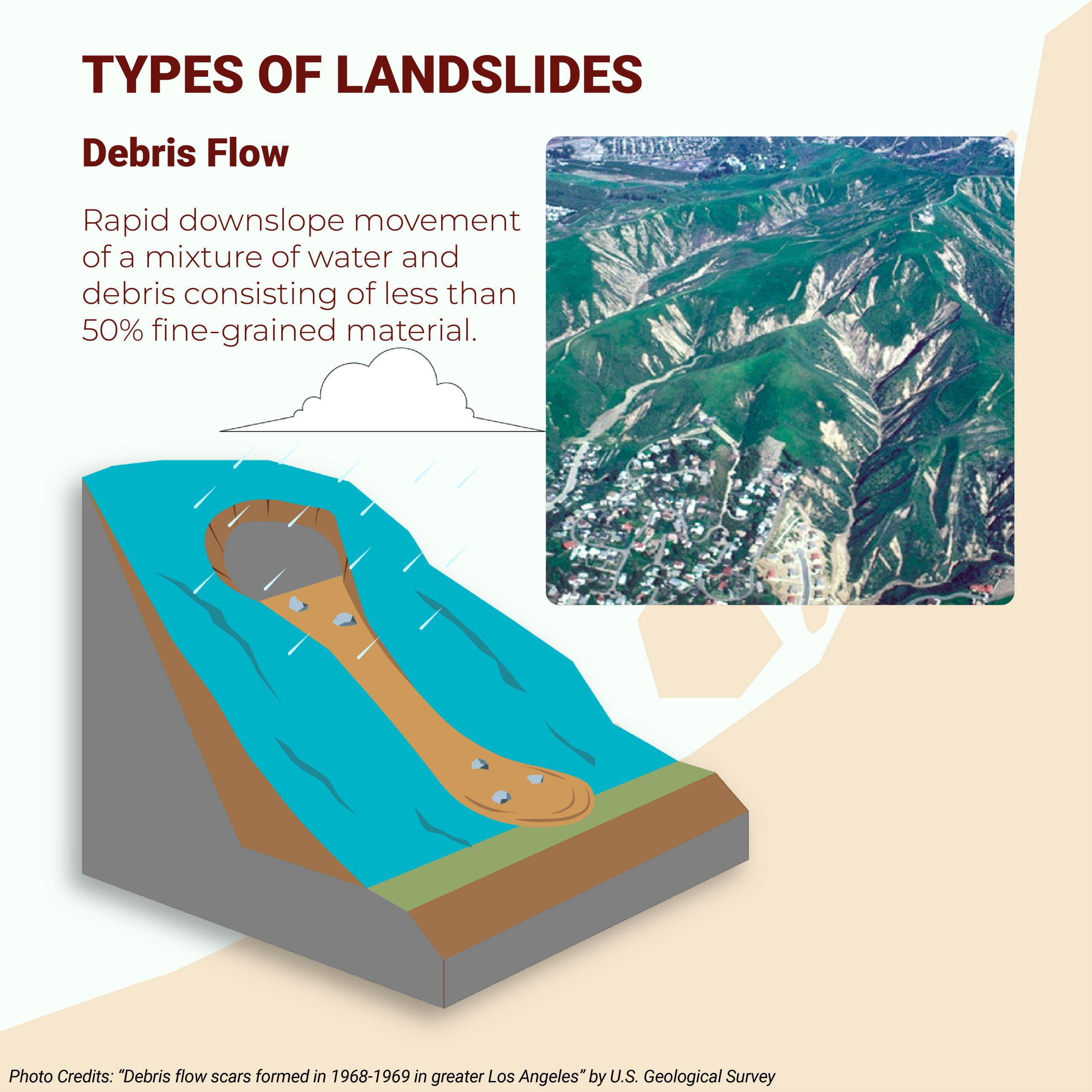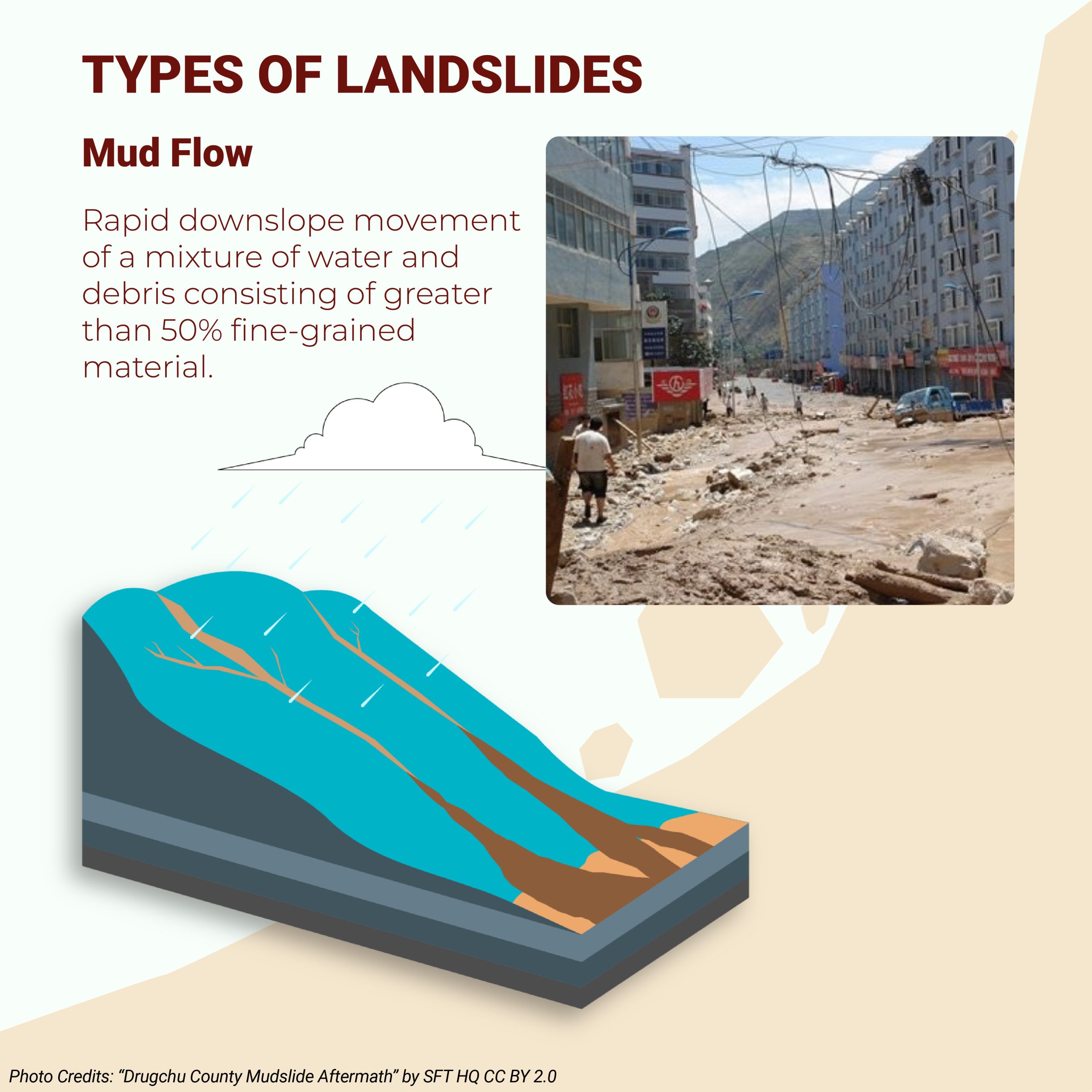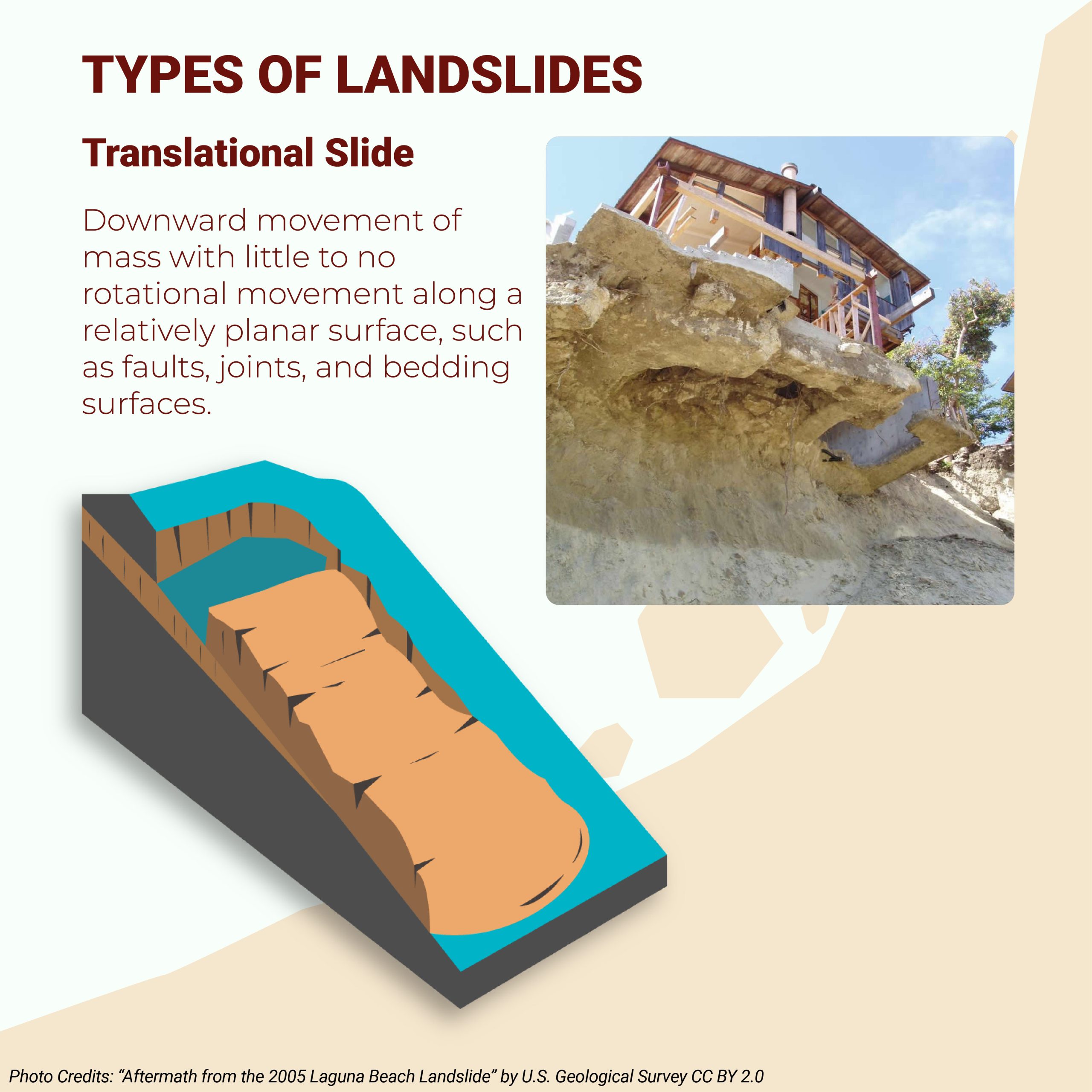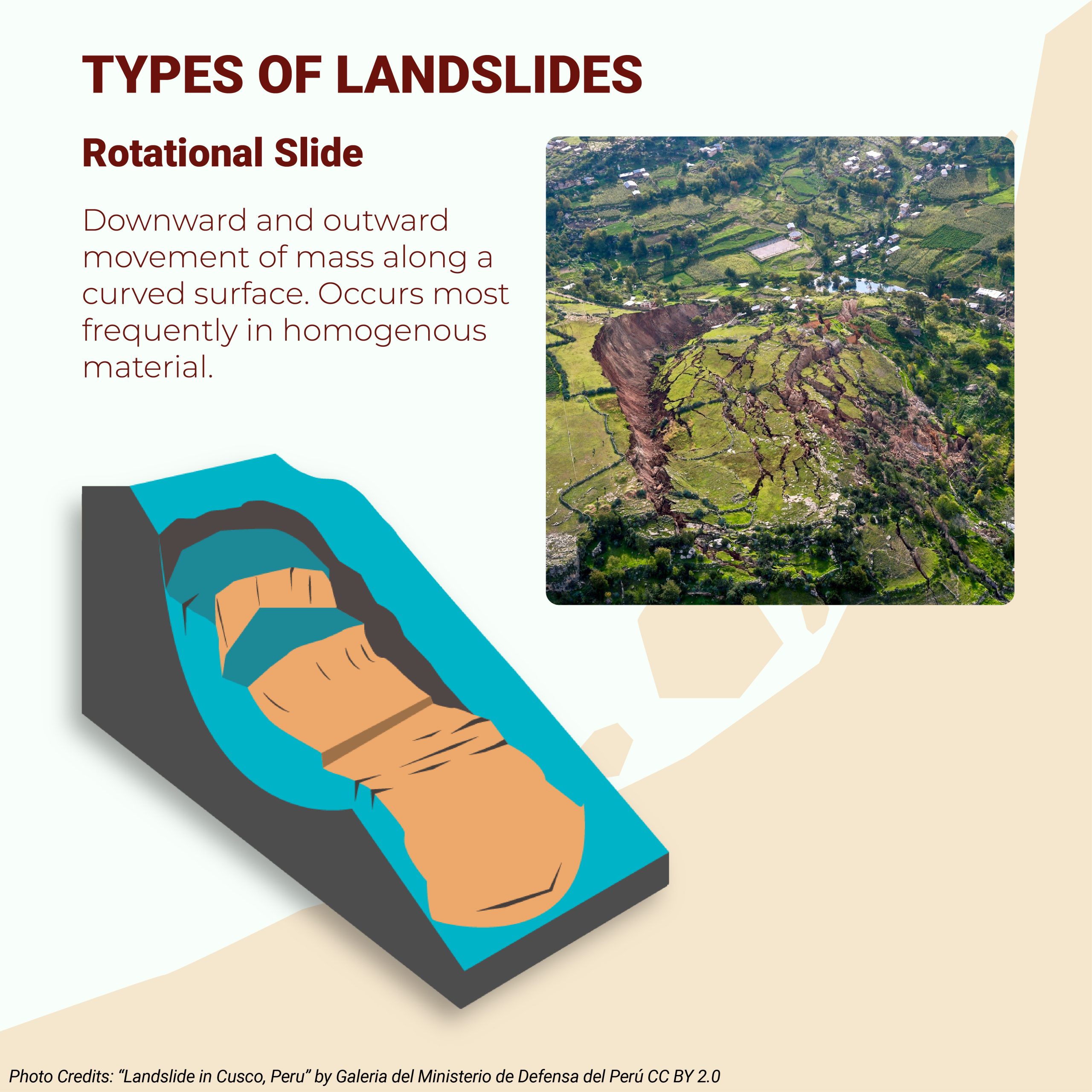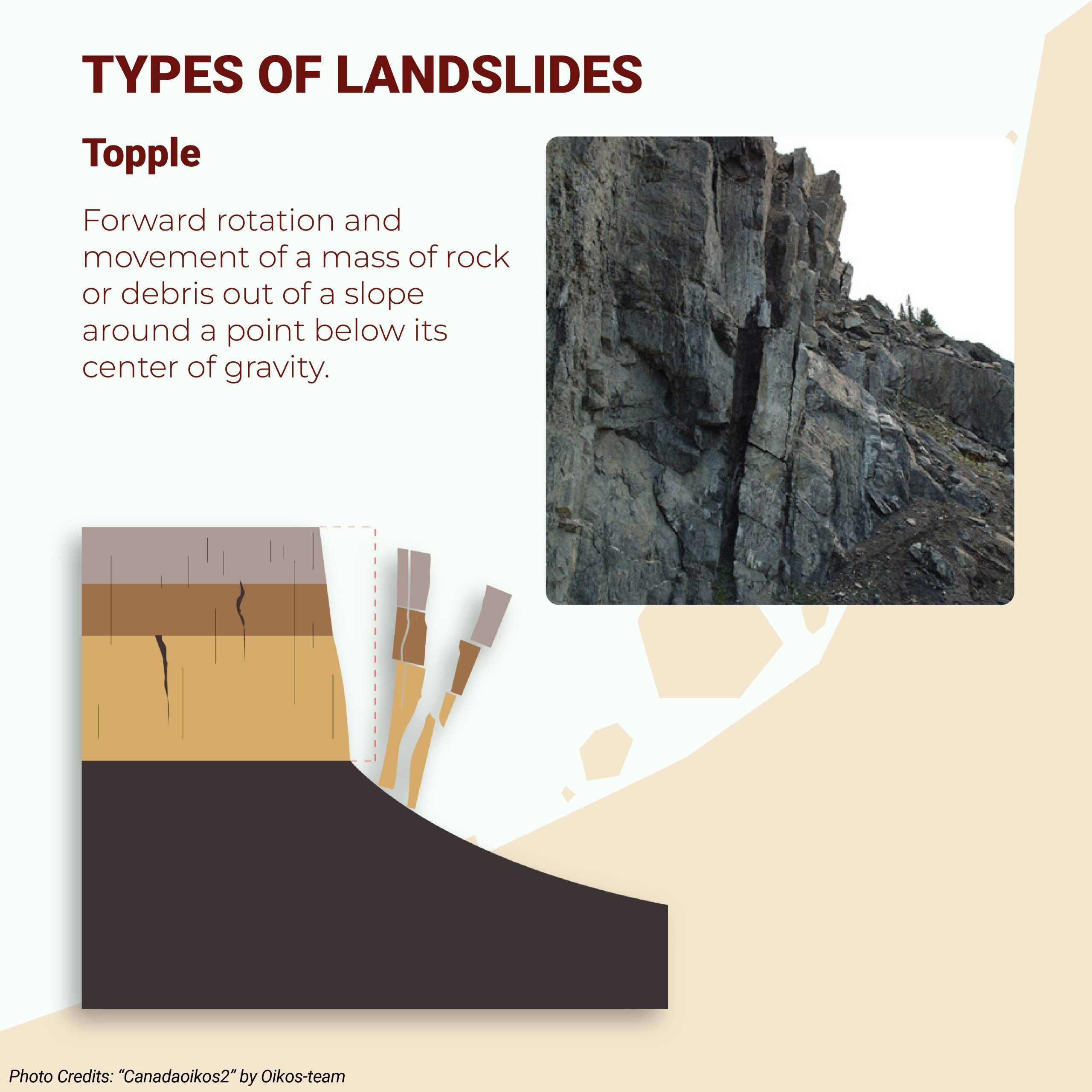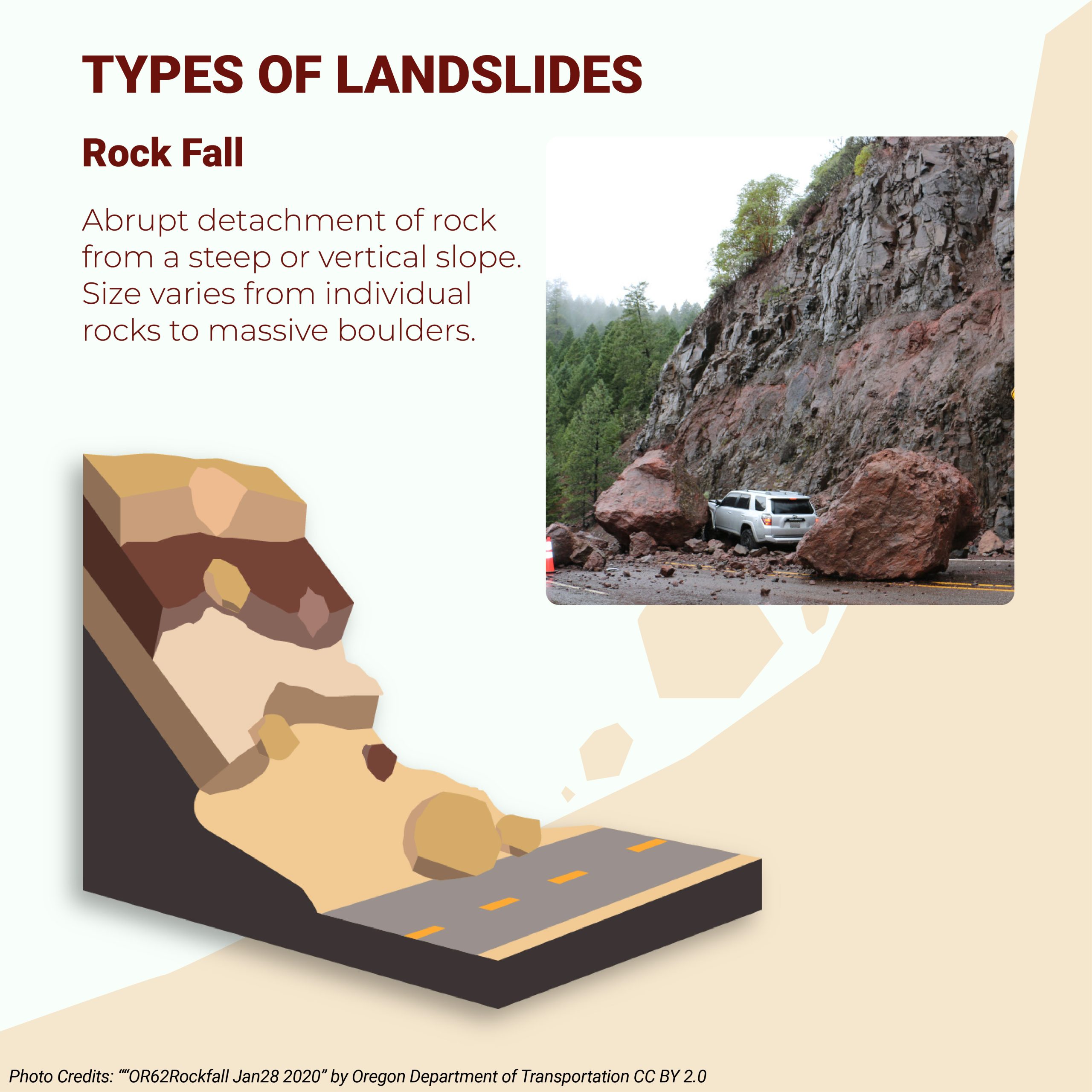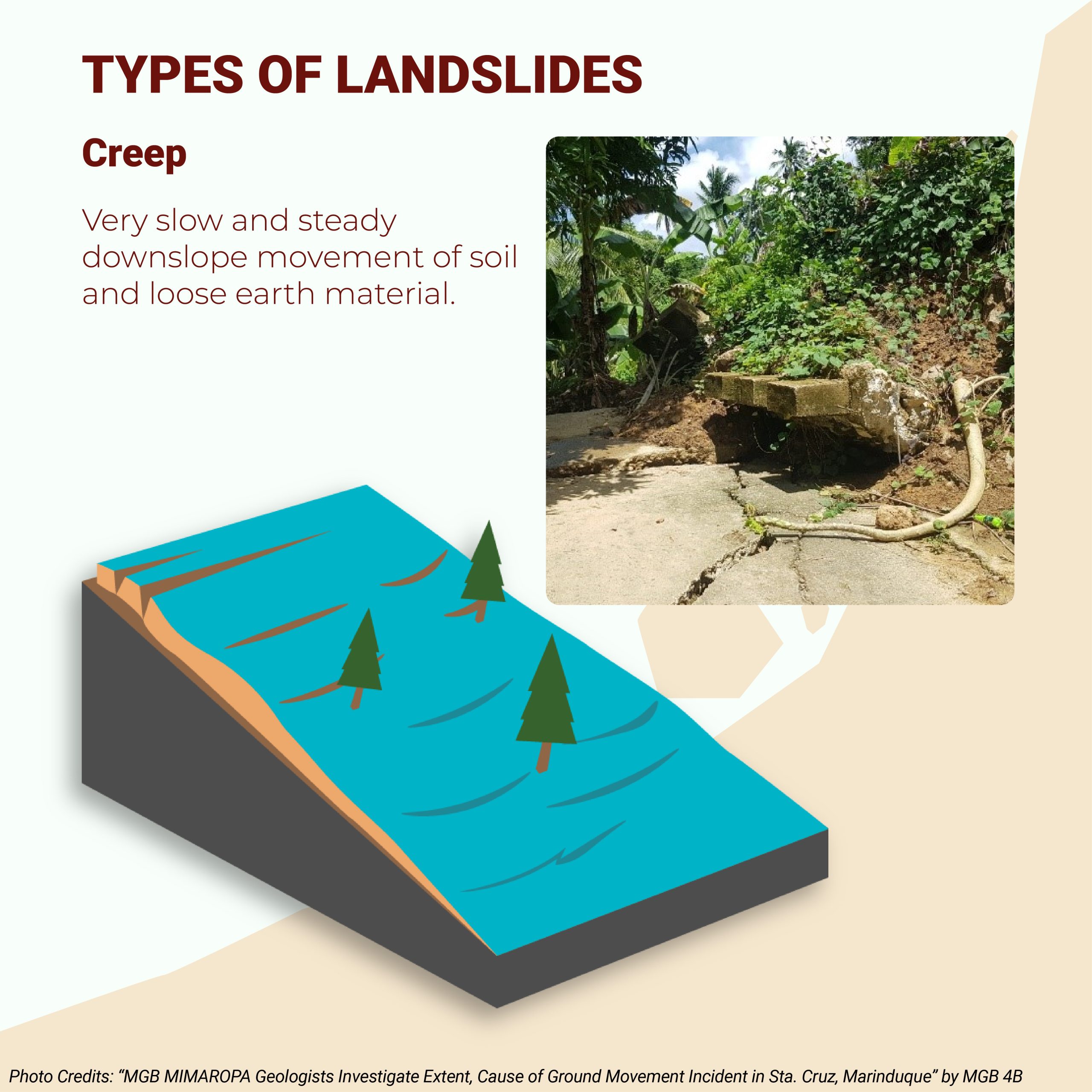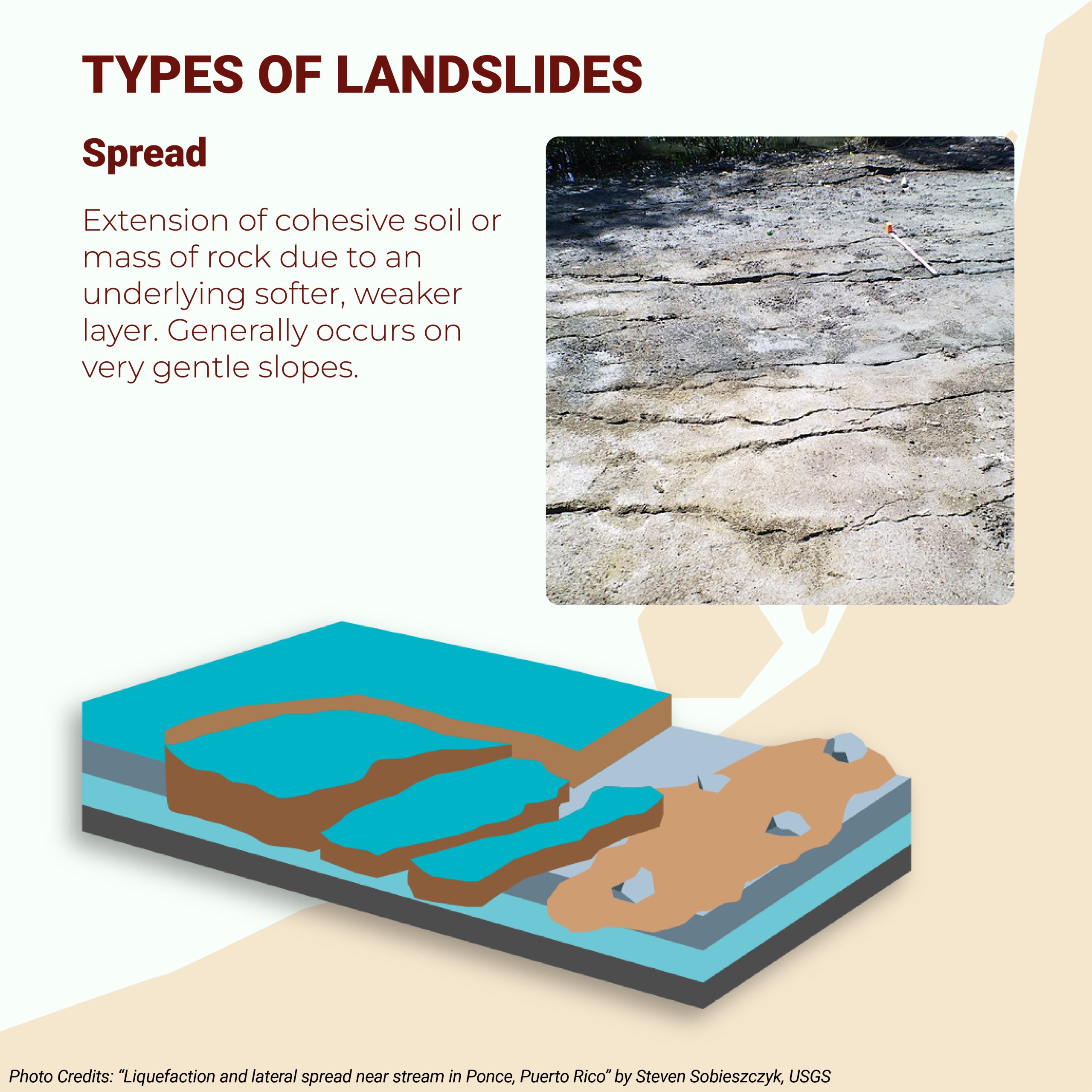Manlilikha ng Bayan Lang Dulay
Ang Pambansang Museo ng Pilipinas ay nagbibigay-pugay kay Manlilikha ng Bayan Lang Dulay at sa kaniyang ambag sa pagpapanatili at pagsusulong ng pamanang pangkalinangan ng mga Tboli sa Timog Cotabato. Sa kabila ng pagbabago ng pamamaraan at mga kagamitan sa paghahabi dulot ng komersalisasyon ng t’nalak, hindi tumigil si MB Lang Dulay sa paghabi ng tradisyonal na disenyong mas mahirap gawin.
Bilang Manlilikha ng Bayan, kumakatawan si Lang Dulay sa iilang mga bihasang manghahabi sa Lawa ng Sebu, kung saan siya isinilang. Naging bihasa siya sa humigit-kumulang na isang daang mga disenyo hango sa kapaligiran, katulad ng bulinglangit (ulap), bangkiring (buhok na tumatabing sa noo), kabangi (paru-paro), mga buwaya, at mga bulaklak na matatagpuan sa kabundukan at batis. Ang kanyang t’nalak ay naglalarawan ng kahusayan na makikita sa pagkapino at pagkakapantay-pantay ng mga hibla, masinsin na pagkakahabi, ang katiyakan ng mga anyo at dibuho, kromatikong integridad ng mga kulay, at pagpapanatali ng kabuuang anyo ng kanyang t’nalak.
Bago ang taong 1960, ang t’nalak ay tradisyonal na ginagamit bilang kumo (seremonyal na kumot), teduyung (saya) at k’gal saro at sawal taho (damit ng mga kalalakihan), at bahagi ng bride wealth sa tradisyonal na kasunduan sa pag-aasawa.

Ilan sa mga nilikha niya bago siya pumanaw noong 2015 ay nasa pangangalaga ng Pambansang Museo ng Pilipinas. Kasalukuyan itong makikita sa Bulwagan ng Manlilikha ng Bayan sa Pambansang Museo ng Antropolohiya sa Maynila at sa “Lumad Textiles: Artistry and Identity” sa NMP Eastern Northern Mindanao Regional Museum sa Lungsod ng Butuan.
#ManlilikhaNgBayan
#GAMABA
#LangDulay
#BuwanNgWika
Teksto at poster mula sa NMP Sangay ng Etnolohiya
© 2022 Pambansang Museo ng Pilipinas




